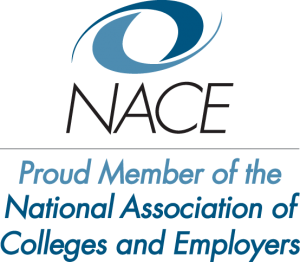When Retention Goes Bad
Turnover sucks. Well, most turnover. Many of us have that one employee we wish would leave. But more generally, when we lose valuable employees, we suffer:
- The financial costs of replacing the loss of talent – industry experts place the cost of turnover at 50-150% the salary of the person who leaves;
- The ripple effect of loss productivity as that person’s knowledge and contributions to the work of others is gone;
- Potential loss of confidence in the stability of our organization by employees, clients, and customers;
- Potential threats to the reputation of our organization – both online and in our communities.
Retention Plans – Old School, New School
A retention plan is a proactive approach to reducing turnover that reduces the impact of derailers (reasons to leave) and/or increases the impact of inducements (reasons to stay).
- Derailers are often identified in exit interviews and can be factors such as high job stress, poor supervision, or lack of developmental opportunities.
- Inducements also may be identified in exit interviews and often revolve around compensation and benefits – what forms of pay, bonuses, or retirement contributions can encourage employees to stay longer.
Traditional retention plans involve strategic initiatives that are easily summarized as “In with the good and out with the bad” – systematically building incentives to stay while reducing the reasons to leave. Common to most of these plans is that they look at the existing system, and they take the participants in that system – the employees – as a given.
But what if the employees are not a given, but a variable? What if we can control who we bring into our organizations on the basis of how likely they are to stay? What if good retention plans began at recruitment and hiring?
One of the most electric stories about employee retention in the last five years was a New York Times’ investigation of Amazon’s so-called Bruising Workplace. Quoting both current and former employees, the article charges that in its effort to be innovative and control costs, Amazon has fostered a work culture that values quantification, criticism, and competitiveness rather than one that nurtures and supports its employees. However, if you read the article, you’ll see that there were many current, successful Amazon employees who liked the culture. And perhaps the employees who quit never fit and should not have been hired in the first place.
Hiring for Fit Feeds Retention
Hiring for fit is such a fundamentally simple approach to kickstarting a retention plan that it is surprising that so few companies try to do it. Do we really believe that one size fits all? jobZology has been implemented high tech software companies who kept losing programmers who came for the unstructured work schedules but left when they learned that they were still held to high performance standards. We’ve partnered with an employer who attracted workers who were attracted to the (perceived) stability of manufacturing, but struggled fitting into a company that saw itself driven by innovation and excellence. We customize hiring solutions so that the job candidates who are hired find joy, purpose, and meaning in their work, fit the culture, and plan to stay.
The Bottom Line
Humans are remarkable in their resilience. We stay loyal to brands and committed to relationships even when we know not all our needs are being met. The same holds true for employment relationships. But, there has to be a sense of common core values – a brand, a partner, an employer – values what we do. To build an effective retention plan, it’s critical to first understand your core values and then find build a recruitment and selection strategy to build a workforce that shares those values. That’s what we do at jobZology.
With your tribe on board, it becomes much easier to implement a strategic post-hire retention plan to keep your best.







